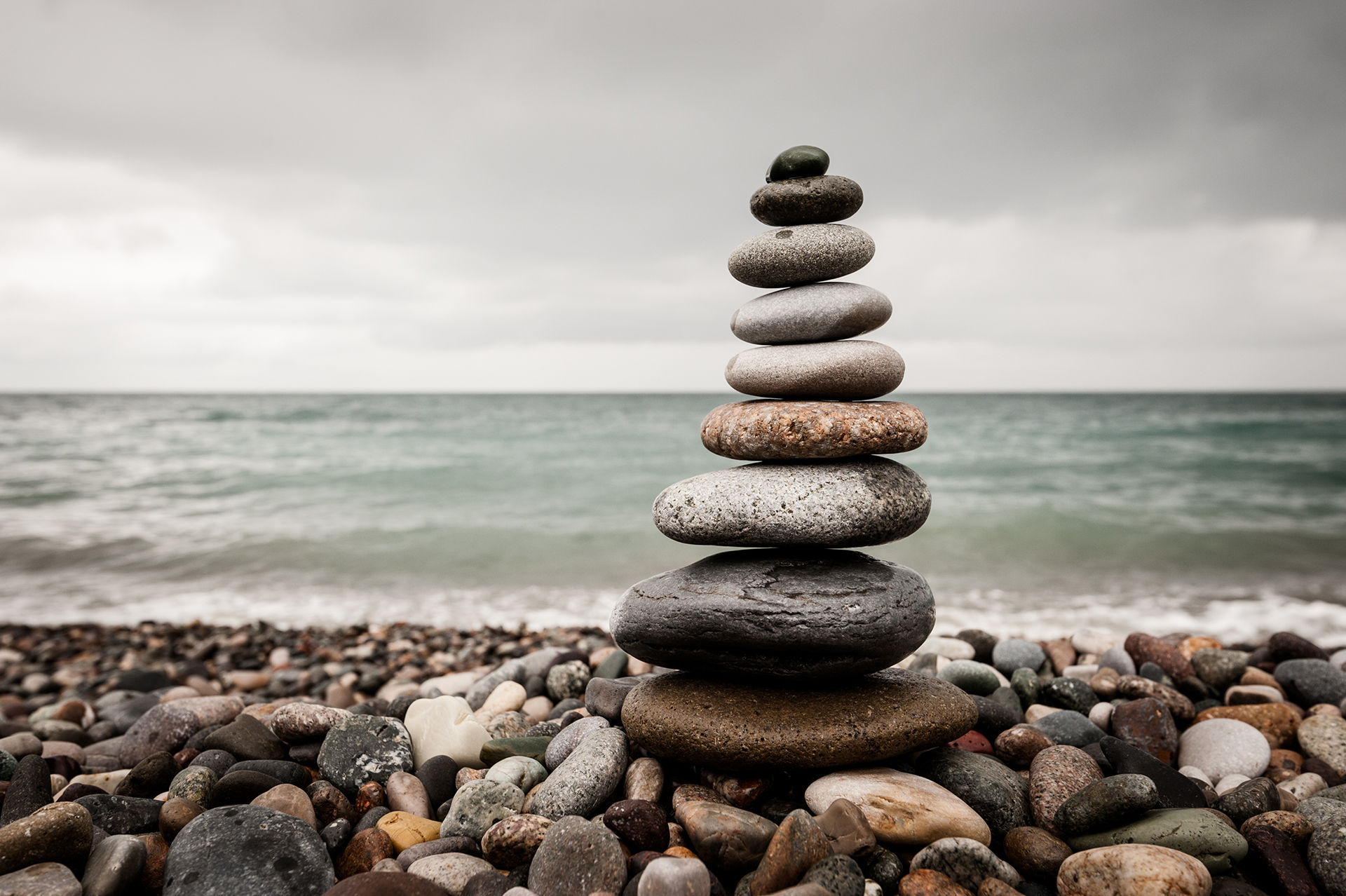
Our Mission &
History
Please take a moment to get to know us, Sensei Rafael, and about Shotokan Karate history.
Feel free to contact us with any questions or for more information.
(240)273-5923

About Shotokan Karate USA
SHOTOKAN KARATE USA is the first and only traditional Shotokan karate Dojo (school) start
in Palm Coast in 2011, Florida, and we offer a unique opportunity for individuals of all ages and genders. Our classes are fun, challenging, and traditionally structured.
Now we start a new challenge in Palm Bay, FL, and just like in Palm Coast, our main goal is to support families in the development of life skills for both young and kids: discipline, perseverance, respect, leadership, concentration, and self-esteem. More than ever, today’s children need additional skills to succeed in a difficult and challenging world.
Our Mission
Our vision is to provide a place where children and families build relationships and work together to become better, successful, human beings who are willing to give back to our society.
We will work toward our vision by:
1. Facilitating the development of basic life skills through karate training.
2. Teaching challenging karate techniques.
3. Providing access to karate competitions where students can demonstrate their skills in a safe environment.
Our Goals
-
To improve focus and concentration
-
To develop strong discipline habits
-
To increase confidence
-
To learn practical techniques of self-defense
More information about Sensei Rafael here....

Shotokan History
The ultimate aim of karate lies not in victory or defeat, but in the perfection of the character of its participants. - Gichin Funakoshi
The history of the martial arts style of Shotokan karate begins with Gichin Funakoshi, a man that is given great credit not only for its creation but also for helping to make it popular in general.
Early History of Shotokan:
Gichin Funakoshi was born around 1868 in Shuri, Okinawa. While in elementary school, he became friends with Anko Asato's son and eventually began to train under Asato in Okinawan karate. Later, Funakoshi would also trained under Shorin-ryu master Anko Itosu.
Interestingly, Funakoshi never actually named the fighting style that he refined from Itosu and Asato's teachings, just preferring to call it karate. But when he started a dojo in 1936, his pen name of shoto (meaning pine waves) was used along with the term kan (house) by his students to erect a sign above the entrance to the establishemnt that said 'Shotokan'.
Gichin Funakoshi and Yoshitaka Funakoshi:
Beyond building the foundation of Shotokan, Gichin served as an ambassador of karate, eventually helping to popularize it through public demonstrations and by working to bring it to karate clubs and universities. However, his development of the philosophical points or foundations tied to the style called the Twenty Precepts of Karate or Niju kun is perhaps what he's best known for.
Gishin's third son Yoshitaka later refined the art tremendously. By changing several aspects (such as lowering stances and adding more high kicks) Yoshitaka helped to separate Shotokan from the other Okinawan styles.
Goals of Shotokan Karate:
In essence, many of the goals of Shotokan can be found in the Twenty Precepts of Karate. That said, one of these (#12) seems to say a lot: "Do not think of winning. Think, rather, of not losing." In fact, it's something that one could imagine another martial artsmaster, Helio Gracie, saying. In "Karate-do: My Way of Life", Gichin Funakoshi also noted that, "The ultimate aim of Karate lies not in victory or defeat, but in the perfection of the character of the participant."
In combat, Shotokan is a striking style that emphasizes stopping an opponent with powerful kicks and/or punches quickly and without injury.
